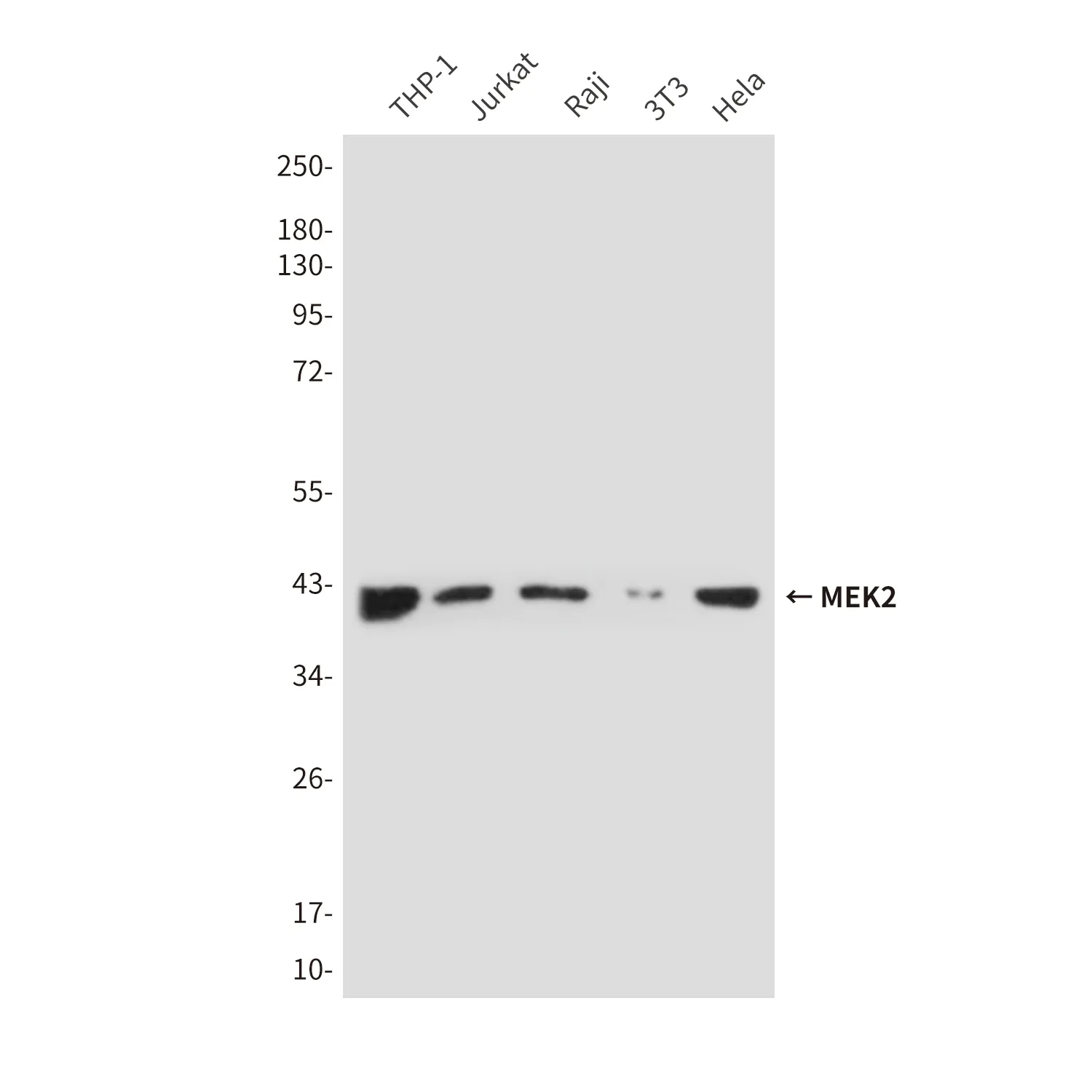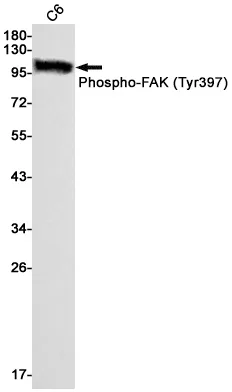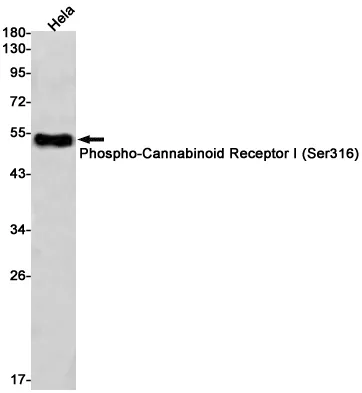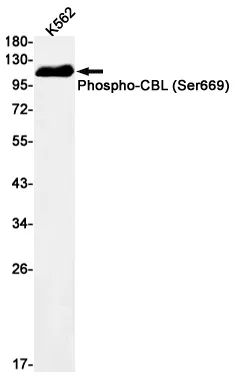Summary
Performance
Immunogen
Application
Background
Plays an essential role in autophagy: interacts with ATG12-ATG5 to mediate the conjugation of phosphatidylethanolamine (PE) to LC3 (MAP1LC3A, MAP1LC3B or MAP1LC3C), to produce a membrane-bound activated form of LC3 named LC3-II. Thereby, controls the elongation of the nascent autophagosomal membrane. Plays an essential role in autophagy: interacts with ATG12- ATG5 to mediate the conjugation of phosphatidylethanolamine (PE) to LC3 (MAP1LC3A, MAP1LC3B or MAP1LC3C), to produce a membrane-bound activated form of LC3 named LC3-II. Thereby, controls the elongation of the nascent autophagosomal membrane (PubMed:24553140, PubMed:23376921, PubMed:24954904, PubMed:27273576, PubMed:23392225). Regulates mitochondrial antiviral signaling (MAVS)-dependent type I interferon (IFN-I) production (PubMed:25645662). Negatively regulates NOD1- and NOD2-driven inflammatory cytokine response (PubMed:24238340). Instead, promotes with NOD2 an autophagy-dependent antibacterial pathway (PubMed:20637199). Plays a role in regulating morphology and function of Paneth cell (PubMed:18849966).
Research Area




